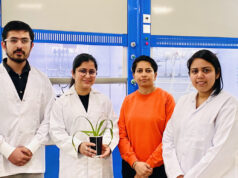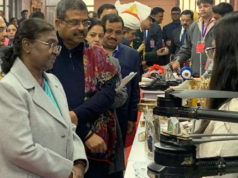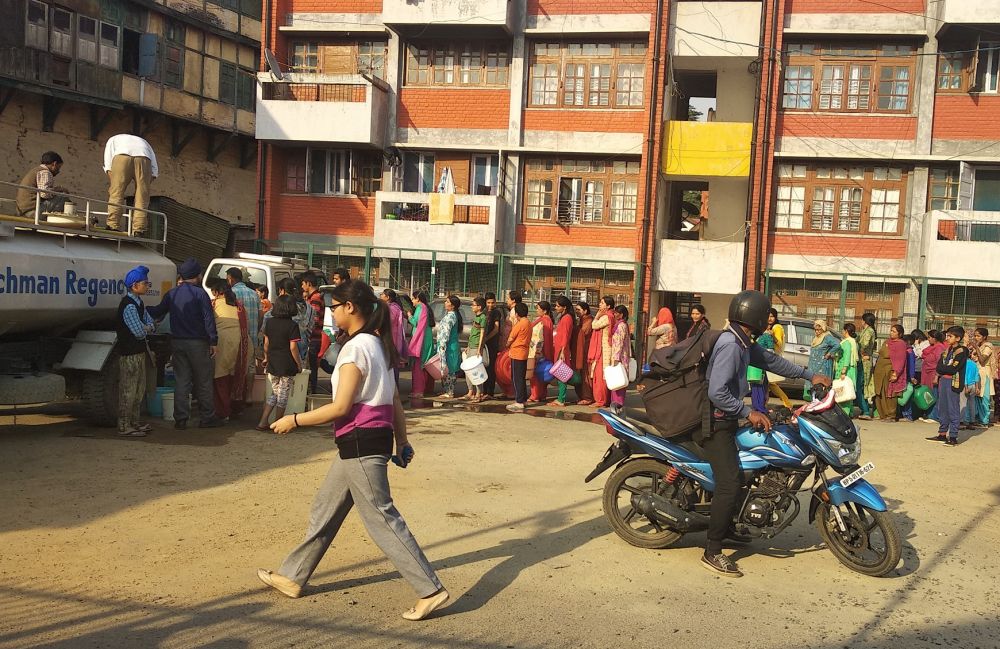The findings suggest that older adults in India are prone to physiological risk followed by genetic, indoor environmental, and behavioural risk factors
Mandi: Indian Institute of Technology (IIT) Mandi researchers have conducted a study to identify the most significant risk factors for cardiovascular diseases (CVDs) among adults aged 45 and above in India. CVDs are a leading cause of mortality worldwide, claiming the lives of around 17.9 million people annually.
The researchers analysed data from more than 59,000 individuals aged 45 and above in both rural and urban India and arrived at the predominant risk factors of the disease.
Explaining the basis of the research, Dr Ramna Thakur, IIT Mandi, said, “There are several traditional risk factors for CVDs, including high systolic blood pressure, low HDL cholesterol, obesity, unhealthy food, poor nutritional status, age, family history, physical inactivity, smoking, and alcohol consumption. Additionally, exposure to air pollutants is another significant risk factor. We aimed to cluster these risk factors into different groups and identify the exclusive individual effect of each group on CVDs prevalence among adults aged 45 and above in India.”
The study found that environmental exposure is a significant risk factor for the occurrence and progression of CVDs in older adults in India. A majority of the population of India resides in rural areas and uses unclean fuels for cooking and other purposes, exposing them to harmful smoke emitted from burning them. Second-hand smoke exposure, commonly referred to as passive smoking, is believed to have similar cardiovascular effects and risks comparable to active smoking.
The study also identified behavioural risk factors such as physical inactivity leading to CVDs. The study showed that the effect of physiological factors, which include diabetes, high cholesterol, depression, and being overweight or obese, is particularly serious. The sedentary lifestyle of people, the adoption of fast-food culture, and urbanization are some of the reasons for the prevalence of these physiological factors.
To reduce indoor air pollution and safeguard public health, the study recommends promoting the use of cleaner technology such as liquified petroleum gas, solar, electricity, and biogas. Engaging in light to moderate physical activity in middle or older age has a considerable positive impact on the reduction of the risk of cardiovascular disease and overall mortality. Risk awareness programmes associated with alcohol and tobacco use could also be an effective method to curb their use and reduce the probability of getting diagnosed with CVDs.














